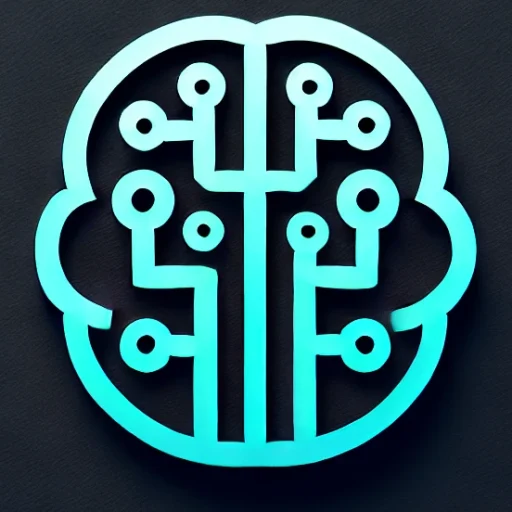
Introduction
In the ever-evolving field of artificial intelligence, few innovations have garnered as much attention and enthusiasm as foundation models. These models, characterized by their massive scale and versatility, are redefining the boundaries of what AI can achieve. From natural language processing to computer vision, foundation models are driving a paradigm shift in how we approach AI development. This blog explores the significant impact of foundation models, their applications, and the challenges they present.
Key Insights & Latest Advancements
Foundation models, such as OpenAI’s GPT-3 and Google’s BERT, are pre-trained on vast datasets and fine-tuned for specific tasks, enabling them to perform with remarkable precision and adaptability. These models are distinguished by their ability to understand and generate human-like text, process natural language, and even create images based on textual descriptions.
Recent advancements have seen these models expand into multi-modal territories, combining text, image, and even video processing capabilities. The development of GPT-4 has pushed the boundaries further, showcasing enhanced reasoning abilities, contextual understanding, and the capacity to handle complex, nuanced queries.
Real-world Applications
The versatility of foundation models has led to their adoption in a variety of industries. In healthcare, these models assist in diagnosing medical conditions through image analysis and predictive modeling. In finance, they are employed to enhance algorithmic trading, fraud detection, and customer service chatbots.
Moreover, the education sector is leveraging these models to create personalized learning experiences, where AI can adapt to individual students’ learning paces and styles. In content creation, foundation models are used for automated writing, speech synthesis, and even generating creative artwork, transforming how media and entertainment are produced.
Challenges & Future Outlook
Despite their capabilities, foundation models face significant challenges. Ethical concerns about bias and fairness persist, as these models can inadvertently perpetuate biases present in their training data. Their large-scale nature also raises questions about sustainability, given the substantial computational resources required for training and deployment.
Moving forward, the development of more efficient, equitable, and transparent foundation models will be crucial. Researchers are also exploring ways to enhance model interpretability to ensure that AI systems are more understandable and trustworthy.
Conclusion with Key Takeaways
Foundation models represent a transformative force in AI, offering unprecedented capabilities and applications across various domains. However, as we harness their potential, it is essential to address the ethical, environmental, and social implications they bring. Balancing innovation with responsibility will be key in shaping the future of AI.
In summary, foundation models are not just tools but stepping stones to a future where AI systems can seamlessly integrate into every aspect of our lives, driving both technological progress and societal growth.

